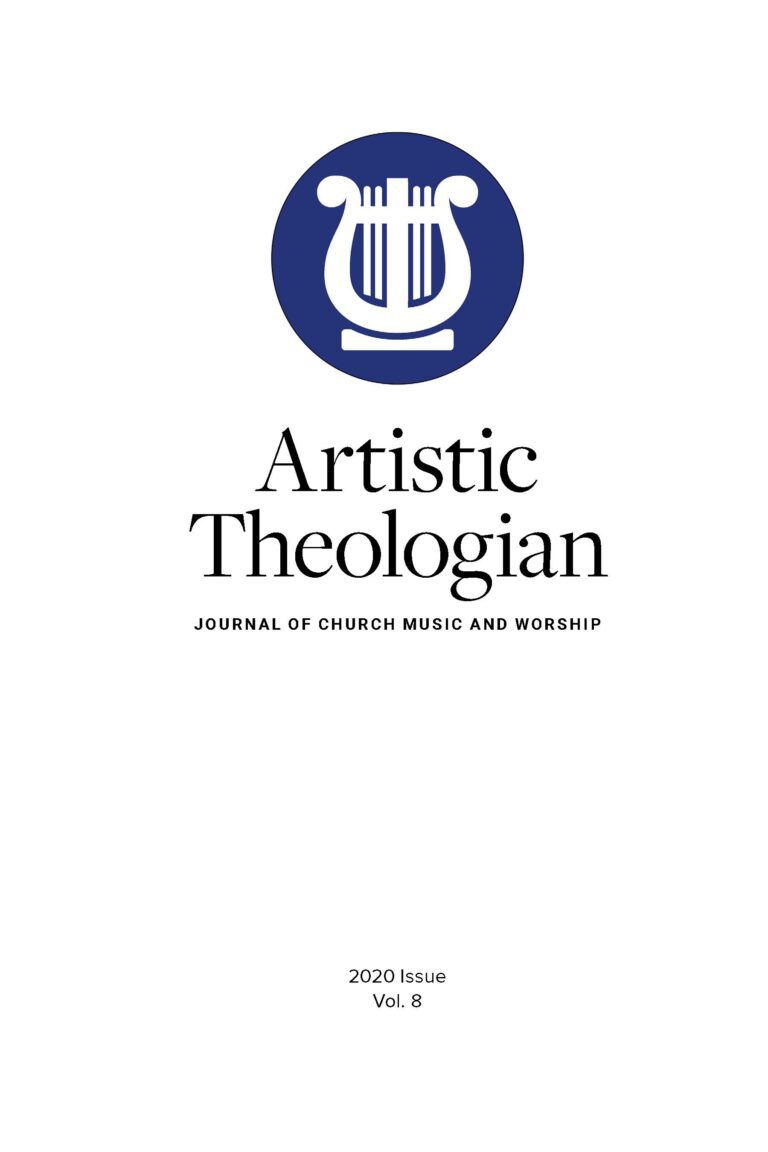
Redeeming Transcendence in the Arts: Bearing Witness to the Triune God, by Jeremy Begbie. Grand Rapids: William B. Eerdmans Publishing, 2018. 212 pp. $13.42.
Jeremy Begbie is the Thomas A. Langford Research Professor of Theology at Duke Divinity School. He is a professional musician, a prolific writer, and a frequent speaker on the topic of theology and arts. His writings include Resounding Truth; Music, Modernity, and God; and Peculiar Orthodoxy. In this recent publication, Begbie revisits the notion of divine transcendence and the way art (representational and abstract) bears witness to it. Among various approaches of transcendence discussed, the author dismisses the apophatic understanding but endorses connoting transcendence as divine otherness and uncontainability. By defining divine otherness as Father-Son outward commitment to the created world and divine uncontainability as the inexhaustible grace and goodness of God in the Spirit, the nature of art is capable of responding to language’s ineffability by conveying things beyond itself.
In the first chapter of his book, Begbie examines a variety of artistic and theological conceptions of transcendencemany of which lean toward an understanding pointed beyond the creaturely system (radical transcendence). Chapter two explores two common notions of sublime transcendence: Kantian and postmodern sublimities. Both approaches lead us to an apophatic theology—a “negative gesture” (59) connotes ineffable, supra-rational, and disinterested sublimation—best exemplified by Mark Rothko’s paintings that express the “what is not” of divine transcendence (17). However, in chapter three, Begbie shows from the Scripture (mainly from John’s Gospel) that a “distinctive” picture of God’s Father-Son self-communication in the Spirit shapes our understanding of transcendence and arts by expressing its own otherness and uncontainability (78). Far from pursuing “something” unknown and out of this world, the author pens in chapter four, “the arts testify to the transcendence (otherness) of God most potently when they are fully creaturely” (131). Meanwhile, through the agent of metaphor, art is able to bear witness to the divine uncontainability of transcendence (157).
Throughout the entire writing, Begbie urges visual and performing artists to ponder the expression of divine transcendence in art in three directions: (1) Transcendence does not equate “total otherness” as suggested in contemporary use, where God’s otherness is not anything or something but the creation. On the contrary and paradoxically, divine transcendence is obligated to tie to God’s commitment and faithfulness toward his creation (81). (2) Transcendence is not “out-of-the-box” uncontainability. Instead, it signifies his superabundance (unlimited, inexhaustible, unstoppable, overflowing) toward his creation—even to humble himself as the Word incarnate (107). (3) Transcendence is not anti-language or anti-meaning, as if language is useless (112–15). Begbie challenges the notion that “art speaks where words give away” (116).
Begbie first notes that artistic (Kantian) sublimity perhaps is a logical link to transcendence. However, this espousal will lead to a wrong kind of unintelligibly and ineffability (53). Besides, he questions if such apophatic treatment in theology will lead us to “a zone of utter emptiness” and open up more uncertainties and unknowns (59). From his expositions of multiple passages in John’s Gospel and 1 Corinthians 8, he explains that who God is is fundamentally built upon the oneness, love, and communion between the Father and the Son (84). Therefore, the otherness of God does not mean an ontological detachment from the world nor a “disavowal of all things worldly” (81) but “is redolent of God’s unswerving commitment to what God has made” (89). Begbie proposes that when the moment that art reflects the full “creatureliness” of this world, God’s transcendence is unveiled.
Regarding the second focus of divine transcendence as uncontainability, Begbie states that in speaking of “God’s infinite life that the world cannot encompass or possess, we should be thinking of this not as an abstract ‘infinity’ but as a life of generative outgoingness, rooted in the triunity of God” (102). In other words, artistic means (language, sound, movement, etc.) can never enclose and grasp the inexhaustible goodness of God. He assures that, by using metaphor, art is able to express the uncontainability of God (157). Metaphor possesses both disruptive and disclosed power that is able to bring out inexhaustible and boundless meanings (160). From this, therefore, Begbie declines the notion that divine transcendence is against human language or the immanence of God (120).
In this book, Begbie repeatedly emphasizes that God’s transcendence should be understood as his commitment to engage with his created world (otherness) and his superabundant grace (uncontainability). Throughout this writing, Begbie is able to anticipate readers’ questions and provide answers in a round-table manner. In spite of Begbie’s clear articulation regarding the Father-given outworking love relation with the Son and his agency in the creation of all things, it still seems vague how this outward-imparting nature applies to divine otherness and his involvement in the creation. Besides, there is an exclusion of the referential-associative perspective when Begbie discusses artistic transcendence, especially regarding artistic sublimity. He does hint at the end of the book concerning the complexity of the understanding of how music works, yet it seems lacking for such an important element.
With these being said, I think this is a breathtaking and enlightening writing with a brand new perspective on transcendence and Christian arts. This is not merely a lofty theological and philosophical discourse but also a biblical and exegetical dialogue.





